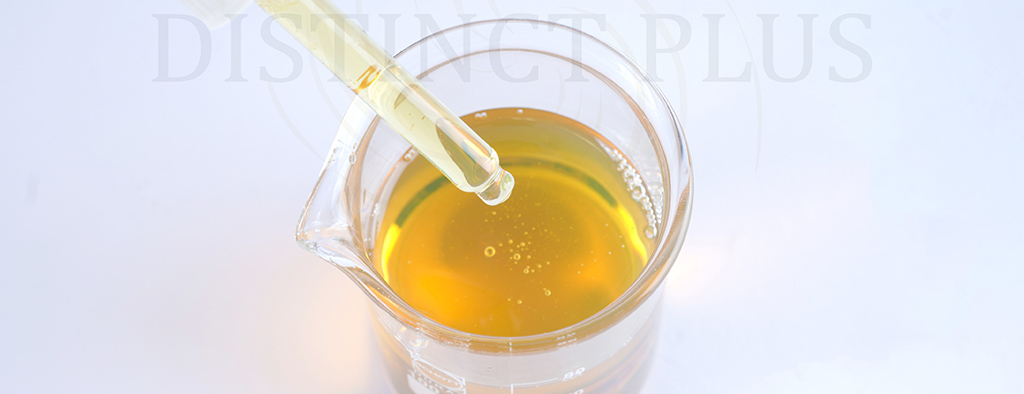Used oil, such as engine lubrication oil, hydraulic fluids, and gear oils used in cars, bikes, or lawnmowers, can be re-refined again and used as a feed for many petroleum industries. Motor oil does not wear out, it just gets dirty, so recycling it saves a valuable resource.
Oil recycling also benefits the environment. increased opportunities for consumers to recycle oil lessens the likelihood of used oil being dumped on lands and in waterways. For example, one gallon of motor oil dumped into waterways has the potential to pollute one million gallons of water.
Additionally, the limited availability of feedstock required for the manufacture of virgin oil is driving the need for the use of recycled base oil. Producing base oil from crude oil is an energy-intensive process.
A refinery needs to process 100 gallons of crude oil in order to produce one gallon of base oil. On the other hand, only 1.4 gallons of used oil is sufficient to manufacture one gallon of base oil. This makes recycling used oil a fairly viable process for base oil
Desirable Characteristics
• Optimal heat and oxidative stability
• Consistent viscosity
• Stable operational properties
• Low volatility
• Suitable Viscosity Index (VI)
• Light color
• High flash point
• Low Total Acid Number (TAN)
• Low sulfur content
Packaging Options
• Drum
• Flex tank
• Intermediate Bulk Container (IBC) Tank
Uses of Base Oil
Base oil finds applications in the following areas:
- Gasoline and diesel engine oils
- Bi-fuel and gas engine oils
- Industrial lubricants
- Grease and specialty products
- Varieties of Base Oil
About carbon black
Carbon black [C.A.S. NO. 1333-86-4] is virtually pure elemental carbon in the form of colloidal particles that are produced by incomplete combustion or thermal decomposition of gaseous or liquid hydrocarbons under controlled conditions. Its physical appearance is that of a black, finely divided pellet or powder. Its use in tires, rubber and plastic products, printing inks and coatings is related to properties of specific surface area, particle size and structure, conductivity and color. Carbon black is also in the top 50 industrial chemicals manufactured worldwide, based on annual tonnage.
Carbon blacks are a group of intensely black submicron size pigments, composed of essentially pure carbon and made by the darkest and most finely divided materials known. Chemically, carbon black composition of hydrocarbons in an open diffusion flame, in a partial combustion chamber, or in a thermal decomposition chamber in absence of air. Carbon blacks are used as pigments, filtration aids, reinforcing agents for rubbers and the like, and for many other uses.
Hard/Soft carbon black:
Two types of carbon black are commonly used by the rubber industry for reinforcing rubber. The first is the so-called hard carbon black which imparts high wear resistance to rubber into which it has been compounded. Hard carbon black is generally used to make vehicular tire treads. Another type of carbon black, which imparts a different set of properties to rubber, is a so-called “soft” carbon black. Soft carbon blacks are generally used to reinforce rubber where a great deal of flexing is expected to be encountered, such as in tire carcasses. Hard carbon blacks are commonly classified as being in the N100, N200, or N300 series. Some carbon blacks are commonly classified as being in the N500, N600, and N700 series. The processes for making soft and hard carbon blacks differ considerably.
A soft carbon black as compared to a hard carbon black is one which, when mixed in a conventional rubber compound and the compound vulcanized, yields a product which is soft, more resilient, more rubbery and yet tough; whereas a hard carbon black in the same compound imparts stiffer, tougher characteristics with low resilience.
These two types of carbon black may be considered essentially as “limits,” and many of the carbon blacks produced will possess hardness properties intermediate these limits. The commercial “channel” process produces a hard type black which is used with natural rubber for compounding automotive tire tread stocks that withstand abrasion and possess other desirable physical test properties. One serious drawback to the production of “channel” black is that the yield of black is only about 3.5 per cent of the carbon content of the gas from which it is made. Some other carbon black producing methods give higher yields of black than the channel process, but in essentially all cases these blacks are of a “soft” type and less desirable for use in tread stocks.
Such blacks are usually produced by one or another of the so-called “furnace” processes and while these blacks are frequently not well-adapted for use in tread stocks even with natural rubber, they possess properties which adapt them to other and varied uses. In war times the relative amount of these furnace blacks produced was small as compared to theamount of the hard channel black. And in addition, most blacks as produced, including “channel” black, are not especially suitable for compounding with synthetic rubbers for tire purposes.
The “channel” black process, though it produces a hard black, is a very wasteful process as only 3.5 percent of the carbon content of the gas (the feed stock to the channel black process is natural gas) is converted into carbon black. So called “furnace” black uses liquid hydrocarbons and converts a’ much higher content of the car bon tocarbon black than does the channel process.
The characteristics of the carbon black produced by the “furnace” type process depend to a large extent, upon the type of liquid hydrocarbon material used as a charge to the process. It has been found that low API gravity cracked gas oil having a high aromatic content is very desirable as a feed stock for the “furnace” black process.


